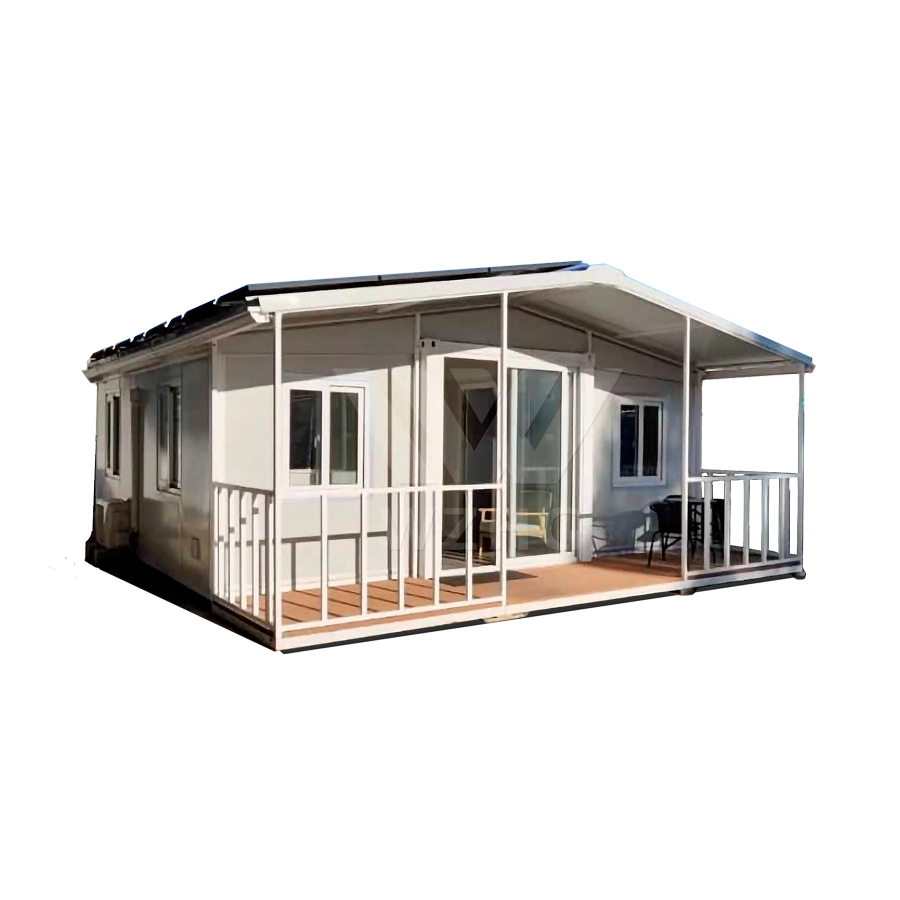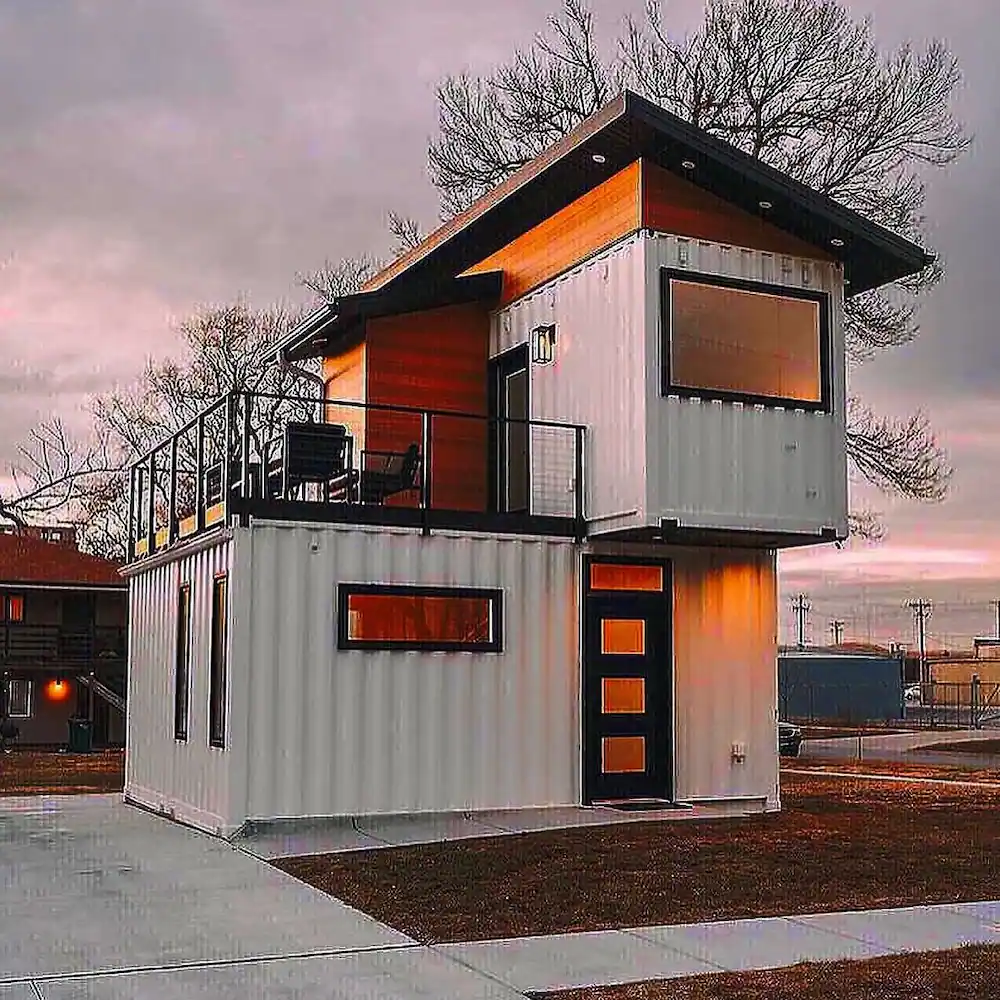Container homes have emerged as a revolutionary and sustainable solution in the realm of housing. The containers made into houses not only addresses the global housing crisis but also contributes to a greener and more environmentally conscious future. This discussion delves into the myriad benefits and innovative designs associated with container homes.
Adaptability and Cost-Efficiency:
Container homes are remarkably versatile and cost-effective. These structures can be easily modified to suit various architectural designs, making them adaptable to diverse living environments. Moreover, the use of containers significantly reduces construction costs, offering an affordable housing alternative.

Eco-Friendly Construction:
The construction industry is a major contributor to environmental degradation. Container homes, however, provide a sustainable approach by recycling decommissioned shipping containers. This eco-friendly practice reduces the demand for traditional building materials and minimizes the carbon footprint associated with construction.
Energy Efficiency:
Container homes can be designed to optimize energy efficiency. Through strategic placement of windows, insulation, and ventilation systems, these dwellings can harness natural light and air circulation, reducing the reliance on artificial lighting and air conditioning. This energy-efficient design not only lowers utility bills but also aligns with the growing trend of green living.
Minimalist Lifestyle and Space Optimization:
Container homes promote a minimalist lifestyle, encouraging residents to declutter and prioritize essential possessions. The compact size of shipping containers necessitates efficient space utilization, inspiring creative interior designs that maximize functionality within limited square footage.

Transportability and Mobility:
One of the unique advantages of container homes is their transportability. Designed to be transported across oceans, these dwellings can be relocated easily, providing flexibility for individuals who embrace a mobile lifestyle. This feature aligns with the modern concept of remote work and the desire for flexible living arrangements.
Community Development and Social Impact:
Container homes have the potential to foster community development, especially in areas facing housing shortages. Efficiently utilizing space and resources allows communities to integrate these homes into community-oriented projects, contributing to the creation of sustainable and affordable housing options.
Architectural Innovation:
The transformation of containers into homes has sparked a wave of architectural innovation. Architects and designers are exploring unique and aesthetically pleasing designs that challenge traditional housing norms. This innovative spirit not only enhances the visual appeal of container homes but also demonstrates the limitless possibilities of sustainable architecture.
In conclusion, containers made into houses with adaptability, sustainability, and cost-effectiveness. Amid global challenges like population growth and environmental issues, they emerge as an innovative blueprint for a more sustainable and resilient future.